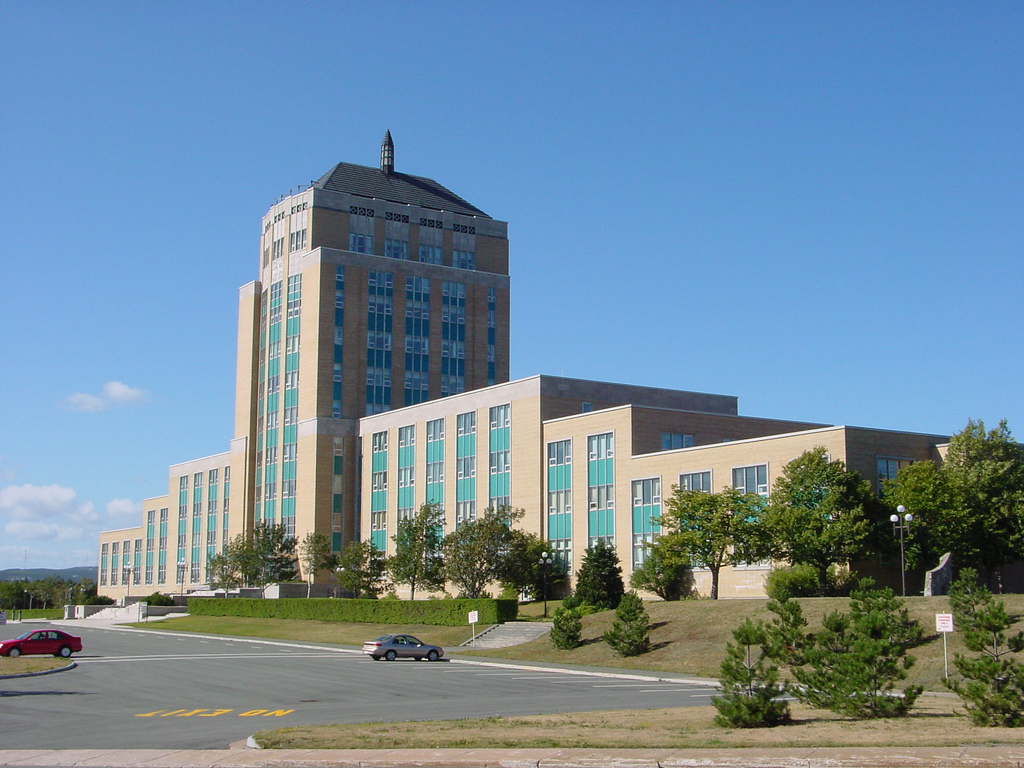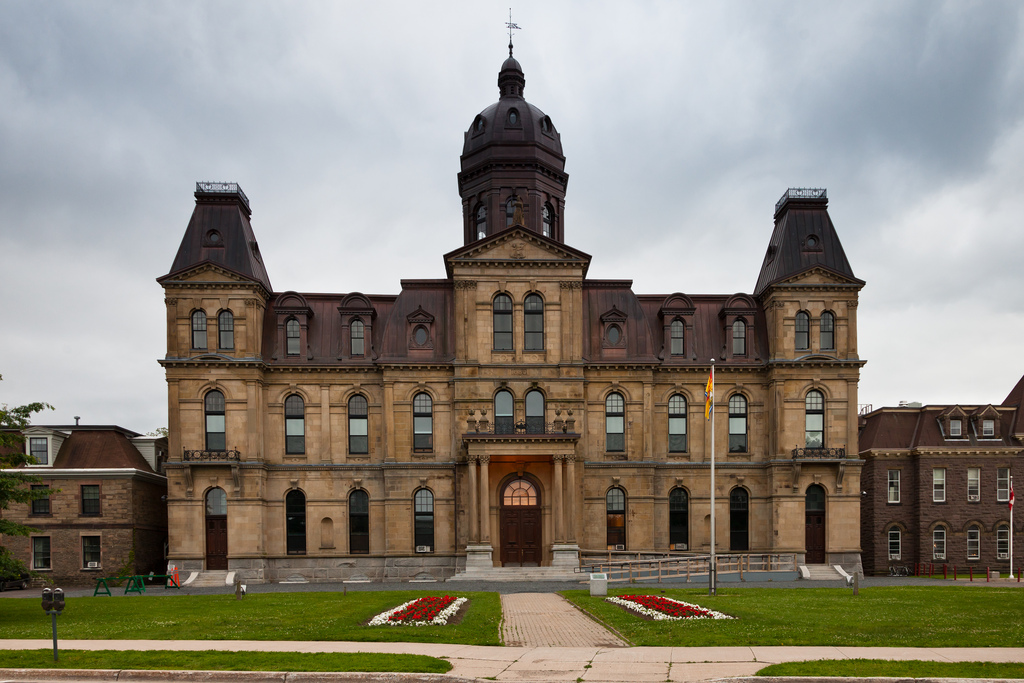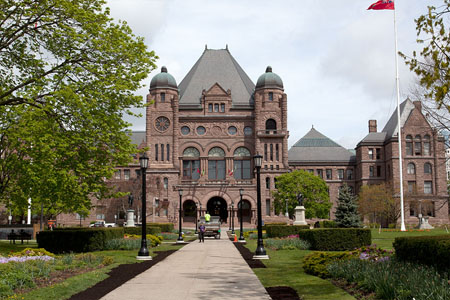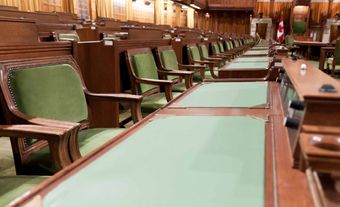Elected Members
In most provinces and territories, members of government are designated as Members of the Legislative Assembly (MLA), with the exception of: Ontario, where they are Members of the Provincial Parliament (MPP); Québec, where they are Members of the National Assembly (MNA); and Newfoundland and Labrador, where they are Members of the House of Assembly (MHA).
Québec, with 125 seats, is the largest provincial legislature, while Prince Edward Island, with 27 seats, is the smallest. Nunavut, with 22 members, is the largest territorial legislature, while Yukon and Northwest Territories both have 19 members.
In total, 751 people serve in 10 provincial and 3 territorial legislatures. In 2017, approximately 72 per cent of those members were male and 28 per cent were female.
Roles in Provincial and Territorial Governments
Members of provincial and territorial legislatures are elected to represent the interests of the people in their constituencies. Members help to create and change laws by proposing and drafting them or voting on them. Members also review government spending estimates and vote on government budgets. However, members occupy different roles and levels of influence in government. Members can be assigned or elected to a variety of positions, including speaker, house leader, party whip, parliamentary assistant, committee chair, Cabinet minister or opposition critic. In the consensus governments of Nunavut and Northwest Territories, in which there are no political parties, MLAs elect the premier, speaker and Cabinet ministers from among themselves (see Territorial Government).
Premiers
The premier is the chief minister of a provincial or territorial government, and the member who directs and appoints Cabinet. (The premiers of Northwest Territories and Nunavut do not appoint Cabinet ministers, but assign elected Cabinet members specific portfolios.) The premier is usually called the President of the Executive Council. In this way, the office of premier is similar to the role of prime minister. Premiers set policy direction and manage government. In the party system, the leader of the party with the most seats in the legislature becomes premier. They can therefore govern without being elected as members of the legislature; however, premiers cannot sit in the legislature and participate in its debates if they are not an elected member. The premier and Cabinet must maintain the support (or confidence) of the majority in the legislature.
Cabinet Ministers
Certain members of the party holding the most seats in the legislature are appointed to Cabinet, the committee of ministers that holds executive power in a province or territory. In the consensus governments of Nunavut and Northwest Territories, Cabinet members are elected by other MLAs. Most Cabinet ministers are the formal head of one more government ministries. Those ministries often include health, education, jobs and skills training, labour, social services, energy, environment, natural resources, economic development, agriculture, highways and transportation, tourism and recreation, justice, intergovernmental relations, finance, municipal affairs, and housing.
Ministers set departmental priorities, draft public policy, serve on committees and propose legislation.
In 2017, the average size of the provincial and territorial Cabinets was 17 members, the largest being Ontario with 27, the smallest being Yukon with seven.
Opposition Critics
In the party system, opposition parties form what are known as “shadow cabinets,” which mirror Cabinet. Shadow ministers (generally referred to as opposition critics) hold the government to account, offering alternative policy and expressing their party’s position and message.
Backbenchers
Members who are not in Cabinet are known by the term backbencher because they historically sat on a bench in the back of Parliament. Principal work for all backbench members includes, providing services to constituents; policymaking in conjunction with the party caucus; and being members of various committees reviewing legislation.

 Share on Facebook
Share on Facebook Share on X
Share on X Share by Email
Share by Email Share on Google Classroom
Share on Google Classroom















.jpg)